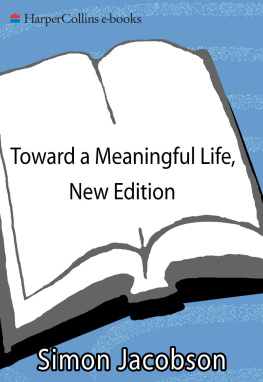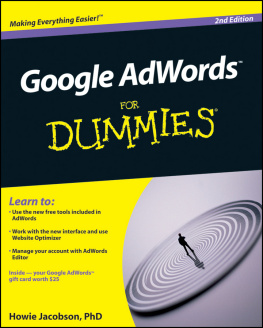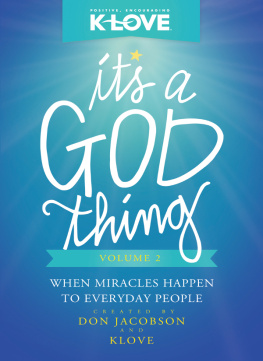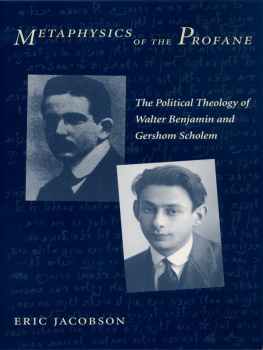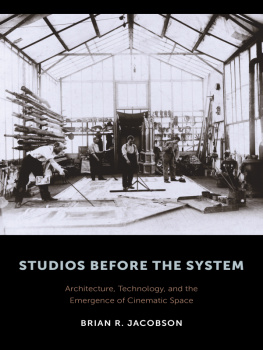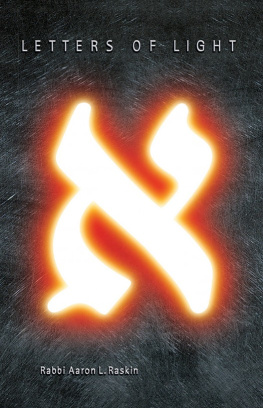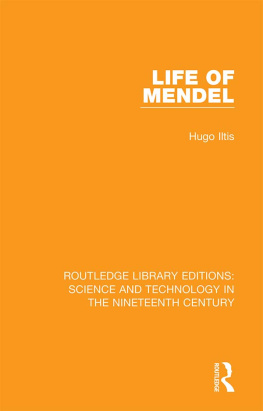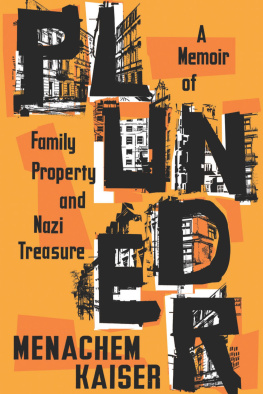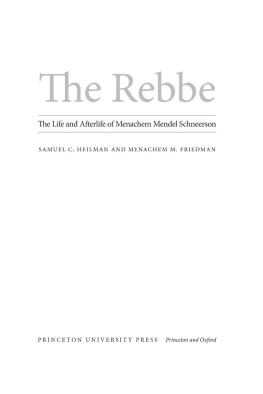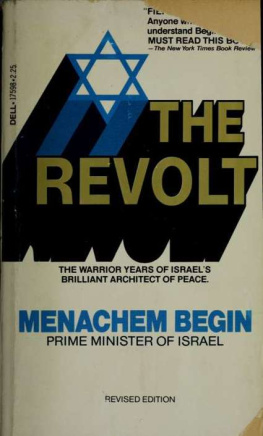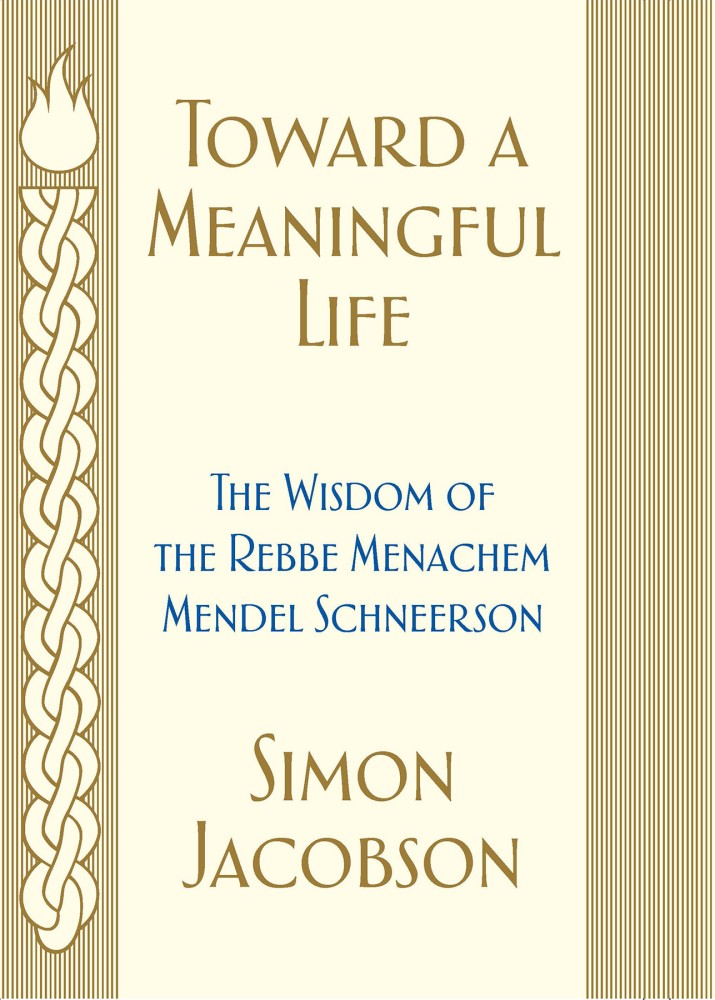N o matter how accomplished we may be, no matter how happy or wealthy or talented, at some point we all find ourselves seeking a deeper meaning in life. Never has this search been as intensely felt as it is today. We have searched in houses of worship and in our own hearts; we have read the works of every kind of philosopher, psychologist, and spiritualist imaginable.
How is this book different? Toward a Meaningful Life is a practical distillation of the philosophy of Rabbi Menachem Mendel Schneerson, a revered leader and teacher known throughout the world simply as the Rebbe. Although he was a Jewish leader, the Rebbe taughtand embodieda distinctly universal message, calling upon all humankind to lead productive and virtuous lives, and calling for unity between all people. His passing on June 12, 1994, was met with great sadnessnot only by the hundreds of thousands of members of the Lubavitch movement of Chassidus, which he had led since 1950, but by heads of state, religious leaders, editorial writers, and the additional millions who recognized his selfless leadership and deep spirituality, his dedication to education and to the betterment of society.
Much of the media coverage in the later years of the Rebbes life concentrated on the controversy over whether or not he was the Messiah; what was often overlooked was the fact that he was a brilliant and kindhearted leader and teacher, which accounted for the extent of his influence and the legendary devotion of his followers.
This is the first book to present the Rebbes original teachings to a wide audience. Although it contains material about the Rebbe himself, it is not a biography; although it concerns theological matters, it is not a book on theology; although the Rebbe was a renowned scholar in matters both secular and spiritual, it is not a scholarly text. Toward a Meaningful Life is meant to give the modern reader, from the most devout to the most secular, a fresh perspective on every important aspect of his or her life, whether it is a trivial concern or the most profound matter of the soul. Above all, this book is meant to be practical, a blueprint for building a life of greater significance.
While the Rebbes teachings and leadership were indeed revolutionary, his message is hardly new. In fact, its strength lies in the continuation of the generations-old tradition of Torah. The Torah (the word means instruction) includes not only the Bible but the collective written and oral teachings, and their interpretation and application, passed down from master to pupil in an unbroken chain beginning with Moses. For every question that modern life raises, the Rebbe found its answer in the Torahthe same Torah that Moses was given at Mount Sinai, the same Torah whose unshakable truths have been embedded in the very makeup of humankind since its genesis.
The Rebbe applied these universal truths to real-life situations, from the wonder of birth to the sadness of death, from the technological revolution to the very definition of G-d. (Throughout this book, G-d is written with a hyphen instead of an o, in keeping with the Rebbes style, based on the belief that even while writing, we must feel a sense of awe, a sense that G-d is above and beyond all our words.)
Because of the comprehensive nature of the Rebbes teachings, this book includes material that might already be familiar to some readers, particularly those acquainted with theology and Torah thought. While the Rebbes presentation is firmly built on the teachings that preceded him, he reveals dimensions that go well beyond the initial understanding of any given idea. One of his great contributions was the capacity to consolidate the information and ideas of the past and present them in the most relevant of terms. He also revealed the underlying unity and truth in all disciplines of thought and all aspects of life. The greatest tribute one could pay the Rebbe would be to say, I have not learned anything new from what you taught, for I have sensed it all along. This is the sign of the most profound truth emerginga truth that resonates from within, not one that is imposed from outside.
The material in this book has been gleaned from a variety of sources. The Rebbes literary output was formidable: a corpus of writing including hundreds of essays and over 200,000 letters to people of every conceivable background, occupation, and faith. The Rebbe spoke to groups and met with thousands of individuals who were seeking guidance on matters ranging from the personal to the political; he established many charitable and educational organizations, which he frequently addressed. His various activities and his daily interactions, even the seemingly simple ones, contain myriad lessons. But the Rebbes main medium for teaching, and the primary source of material for this book, was the farbrengen , which means gathering.
These gatherings were held several times a month in the central Lubavitch synagogue, at 770 Eastern Parkway in the Crown Heights section of Brooklyn, New York. They were attended by thousands of people, including the Rebbes followers and visitors from all corners of the world. The Rebbe would be seated on a platform at the front of the great room; also on the platform were elderly followers and the dignitaries who were visiting on any given day. For several hours, as is traditional in Chassidic culture, there would be songs and toasts of lchaim, which served to punctuate the Rebbes intense discourses on matters that would span a variety of issues, from the personal to the societal to the theological.
The Rebbe would often begin a farbrengen by discussing the relevance of that particular day by relating it to the weekly Torah reading or an approaching holiday. The Rebbe would demonstrate the significance of the various currents of time that had converged to form the unique juncture occupied by the day of that farbrengen . Next, he might offer a commentary on a discourse of Chassidic teaching written by one of his predecessors. Over the next several hours, he might examine a debate in the Talmud (the vast anthology of Jewish law and lore, comprising the Mishnah and Gemara, which was compiled in the second and fifth centuries and includes commentary and analysis of the Torah). He would first explore it with the conventional tools of Talmudic logic and then move on to uncover its inner spiritual dimension; he might then do the same with a section of Rashis classical commentary on the Bible, a saying in Ethics of the Fathers, a legal nuance in Maimonides Code of Law, and a mystifying allegory in the Zohar. The farbrengen might also include an analysis of some historical event or a recent news story.
The Rebbes style was unique. He would cite a Biblical verse or a Talmudic passage, then pose questions and counter-questions to reveal many levels of the same truth, drawing from many different disciplines of thoughtfrom the literal and legal to the metaphorical, from the homiletic and mystical to the Chassidic tradition of Torah thoughtalways touching on both the philosophical and psychological implications of any given issue.
Regardless of the topic of the talk, the Rebbe always concluded with the same question: How can all this be concretely applied to our daily lives? For as the Rebbe stressed constantly, all the virtuous thoughts in the world do not produce a single virtuous act, a single gesture of help, a single dollar for charity. A fusion of thought and action, he taught, was vital.
After each farbrengen , in keeping with Chassidic tradition, a small group of individuals would gather to review and transcribe the Rebbes discourse. This was an especially demanding task, since farbrengens were often held on the Sabbath or another holy day on which Jewish law prohibits writing or the use of electronic recording devices. These reviewers would literally memorize the entire farbrengen , becoming, in effect, oral scribes. They would later commit the Rebbes talks to paper, annotate them, and often present them to the Rebbe for final review before they were published and distributed worldwide. For over forty years, the contents of the farbrengens were compiled and disseminated in the original Yiddish, and translated into Hebrew, English, and other languages.

